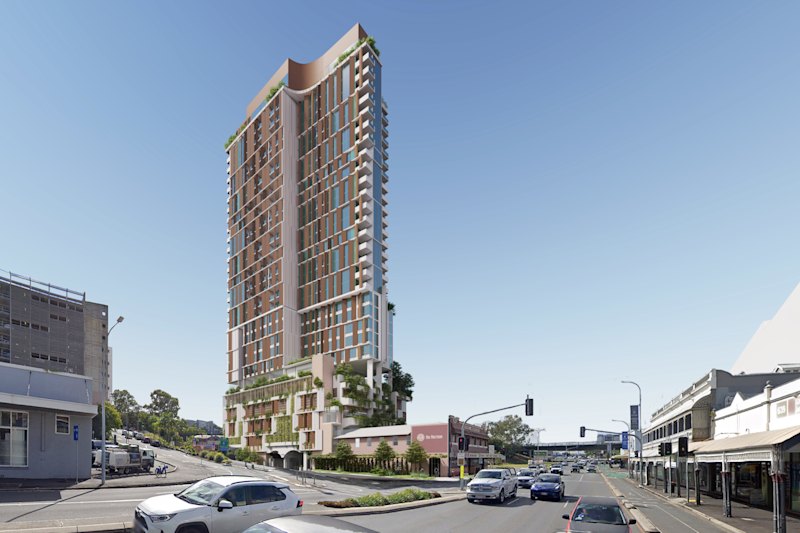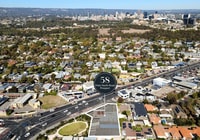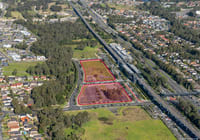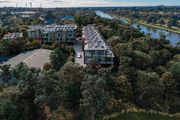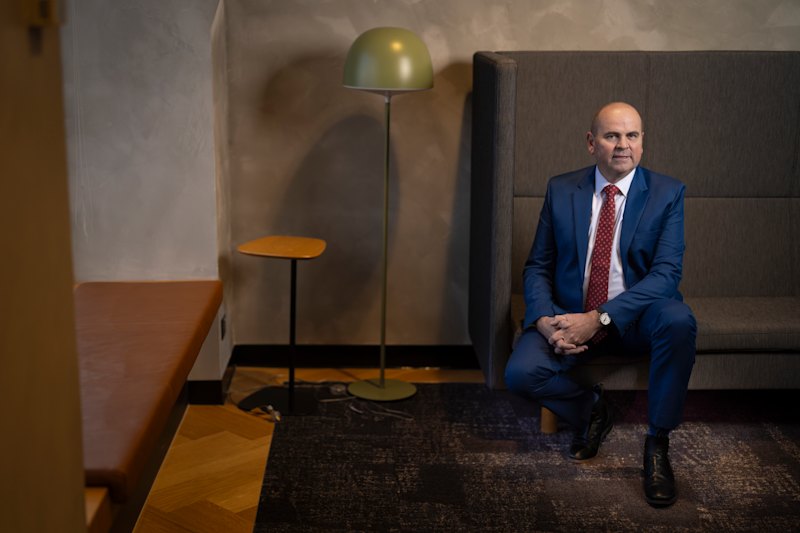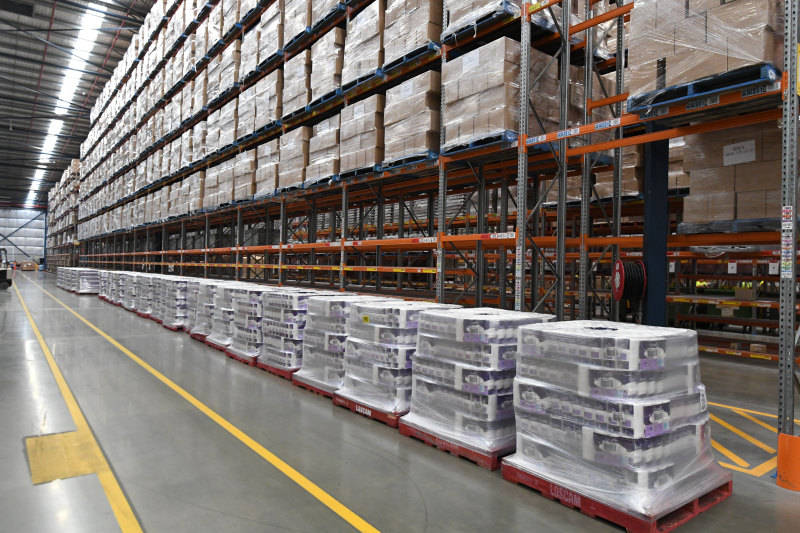
Amazon mulls ditching Sydney over ‘broken’ planning system
Big companies including the likes of Ceva Logistics and Amazon are considering relocating large portions of their supply chains from Sydney to Melbourne or Brisbane to counter surging warehouse occupancy costs in the NSW capital.
A new report from CBRE found Sydney had just a 0.2 per cent vacancy rate for buildings 5000 sq m and greater for the first half of 2023 – the lowest globally. The vacancy rate in some precincts is almost zero.
This lack of vacancy, a product of surging demand driven by e-commerce and a lack of supply due in part to a “broken planning system”, has pushed prime Sydney rents up by 38 per cent over the past year to $215 per sq m, compared with $119 per sq m in Melbourne, where the vacancy rate is 1.1 per cent.

Cameron Grier, CBRE’s regional director of industrial and logistics businesses, cautioned that the surge in Sydney rents was only a “net figure” and did not include huge increases in outgoings, which tenants must pay.
Outgoings include statutory items such as land tax, council rates and water as well as repairs, maintenance and landscaping.
Land taxes, which have risen 100 per cent to 130 per cent this year due to a doubling of industrial land values to $800 to $1000 per sq m, are behind much of the increase in outgoings.
“Sydney landlords are now telling all their tenants their outgoings for the 2023-24 financial year are going up on average by $10 to $20 per sq m (in some instances it’s been up to $40 per sq m),” Mr Grier told The Australian Financial Review.
This, he said, could add an extra $600,000 a year to occupancy costs for the occupier of a 20,000 sq m shed.
“On a 10-year lease, that’s $6 million straight off the bottom line. It’s not an insignificant amount,” Mr Grier said.
This added impost of significantly higher outgoings was making total occupancy costs in Sydney unaffordable, Mr Grier said.
As a result, he said many tenants were telling CBRE they would focus attention away from Sydney, which would benefit the more affordable markets of Melbourne and Brisbane.
Among those is Ceva Logistics, one of the world’s biggest third-party logistics providers.
In a comment posted on LinkedIn, Paul Ellul, Ceva’s general manager of commercial property and security in Australia and New Zealand, labelled Sydney the company’s “biggest problem” in Australia.
‘Broken approval process’
He said the root cause of occupancy cost blowouts were planning delays caused by a “broken development approval process” that was resulting in “project delivery timelines well in excess of any other city in Australia”.
“We are in constant discussions weighing up the cost to serve in Sydney versus moving to Melbourne or Brisbane,” Mr Ellul wrote.
“We have seen huge rental and land valuation increases over the last 24 months which are now also flowing down to things like significant land tax and council rate increases.
“The NSW government needs to take action to improve the planning processes otherwise the cost to serve will continue to rise, and future opportunities will be lost to Sydney in favour of other eastern seaboard locations,” he said.
Responding to Mr Ellul’s post, Mollie Alteri, a Sydney-based real estate executive at Amazon, echoed these sentiments.
“Sydney’s unique position as the worlds most constrained industrial market is reflective of a planning system in dire need of overhaul,” Ms Alteri said.
While some may be “cheering their near-term portfolio rent growth prospects across the Sydney market”, Ms Alteri cautioned that the cumulative impact of “planning-driven availability constraints and a rising interest rate environment” would leave industrial occupiers “emboldened to … channel capital elsewhere”.
Phil Pearce, CEO of ESR Australia, a major industrial landlord, said end users were becoming very frustrated with Sydney.
“Rents are going up on strong demand, but new warehouse product is not coming online as fast as is needed,” Mr Pearce said.
“Our customers have said to us: ‘We will look at how we manage supply chains and divert more to Melbourne and Brisbane. We won’t be able to not have facilities in Sydney, but will re-organise to have a larger presence in markets where occupancy costs are lower’.”


